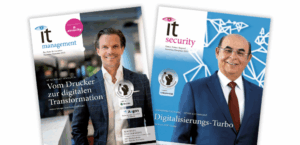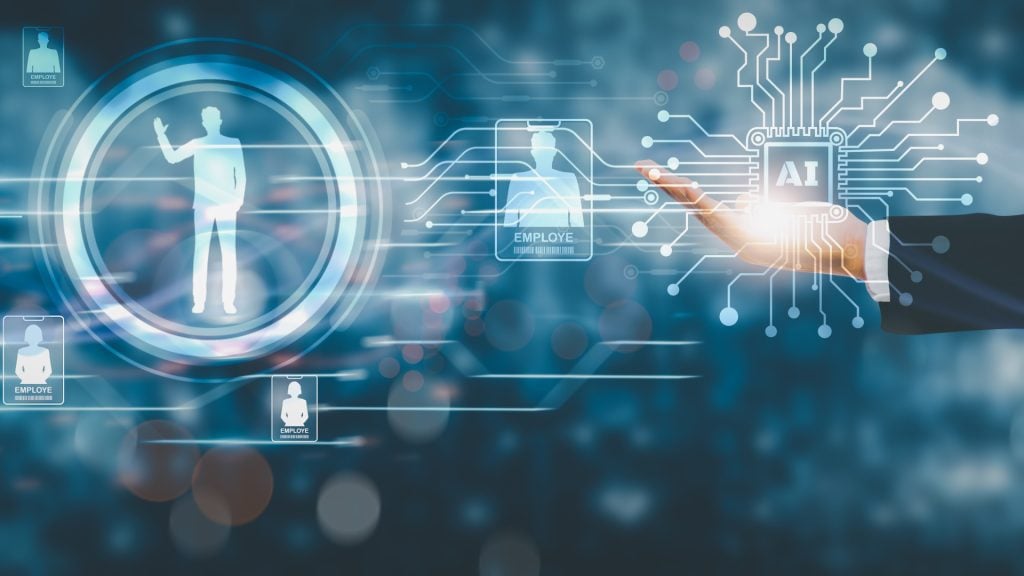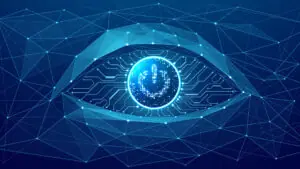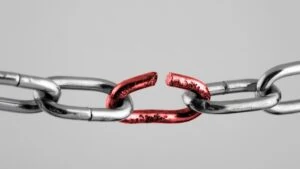Technologies such as GenAI are fundamentally changing the world of work and HR departments are faced with the question of how they can use GenAI optimally in their work in order to derive maximum benefit from the technology.
Generative AI (GenAI) has the potential to fundamentally change HR processes and the entire world of work. Whether text creation, image generation, speech-to-text transcriptions or the automation of work activities: GenAI is acting as a driver for the transformation of the HR function. The technology significantly increases the efficiency of traditional HR processes – from recruitment to employee departure – and develops a comprehensive, data-based talent ecosystem to support HR decisions.
The leap in productivity that this enables could hardly be greater: According to Haufe, for example, dIBM is known to have replaced around 80 percent of administrative HR tasks through the use of AI automation. Essential tasks such as the evaluation of managers and issues relating to change management and corporate culture remain the responsibility of humans. This leads to a remarkable increase in efficiency. In view of this potential, the question arises as to how HR departments can actually integrate GenAI and use the technology to their advantage.
Attraction – Creation of job descriptions
Although it may seem like a simple task, writing job ads to attract candidates is fraught with challenges. The ads need to convey a realistic representation of the job, as well as communicate the company’s vision and culture – all without overloading potential candidates with information. In addition, HR practitioners need to ensure that ads are inclusive and diversity-friendly. This includes avoiding gender or cultural bias and using accessible language that does not exclude any specific groups.
Instead of creating job descriptions and advertisements from scratch, HR practitioners can use the AI-generated frameworks as a starting point by simply entering a prompt with the core responsibilities of a particular role. They can then refine the content to ensure it fits the organization’s brand voice and culture.
Another benefit of using AI-generated frameworks is that these technologies are constantly learning and evolving. By analyzing large amounts of data, they can identify patterns and trends that help to create more effective and engaging job ads. This not only leads to a better candidate fit, but can also significantly reduce the time and cost of the recruitment process.
Recruitment – support during the interview process
Just as a candidate should prepare thoroughly for an interview, it’s also important that the HR team asks candidates the right questions. According to a study by Reed, almost half of managers (47%) worry about not asking candidates the right questions, and three-fifths wish they had asked different questions before hiring new employees.
With GenAI tools, HR teams can create a comprehensive list of interview questions that cover different areas, from technical skills to cultural fit. In addition, these tools can also analyze and recommend potential answers to questions based on the desired criteria, allowing recruiters to evaluate candidates’ answers more efficiently.
Onboarding – revision of the induction process
The challenge with onboarding new employees is the diversity of experience and skills they bring to the table, making a one-size-fits-all approach ineffective. AI can streamline this process by acting as a virtual onboarding assistant, providing 24/7 answers to questions about the onboarding process, company policies and more.
This allows HR teams to focus on more complex requests. AI further personalizes the experience by creating tailored learning paths and interactive modules based on the experiences and departments of all new employees. It automates administrative tasks, ensuring a smooth and efficient onboarding process, while making the integration and socialization of employees into the company culture more effective. By using AI, HR can ensure compliance, increase engagement and provide a customized onboarding journey, leaving more time for strategic initiatives.
Speed up routine HR requests
HR teams spend a lot of time on administrative tasks related to performance management as well as dealing with a large number of routine employee queries. The combined effect can leave HR practitioners struggling to find enough time to manage everything, sometimes leading to delays in response times to employee queries.
By training GenAI-powered chatbots on frequently asked questions and providing access to key HR policies and documents, HR leaders can ensure that employees receive quick and accurate answers. This helps to reduce the burden on HR staff and improve the overall employee experience.
Development – Optimization of performance evaluations
Generative AI (GenAI) enables HR leaders to make the performance evaluation process more efficient, personalized and equitable. It automates the creation of evaluation documents, generates nuanced feedback and improvement suggestions tailored to each employee, and facilitates dynamic feedback exchanges between managers and employees. Importantly, GenAI helps minimize unconscious bias by ensuring that evaluations are based on objective data and consistent criteria, which promotes diversity and fairness in employee evaluations.
When developing learning and development (L&D) strategies, HR teams can use GenAI to analyze performance data, identify areas for significant improvement or attention, and incorporate diversity metrics. This enables the creation of targeted, personalized development plans that support an inclusive work environment and align with both individual career goals and organizational objectives.
Conclusion
HR practitioners are used to adapting to changing technology trends, and GenAI should be seen as another way to refine responsibilities and expand job role capabilities. With GenAI as a co-pilot, HR teams can effortlessly automate routine tasks, speed up response time and optimize training to put the focus back on the full potential of their human capital.

















